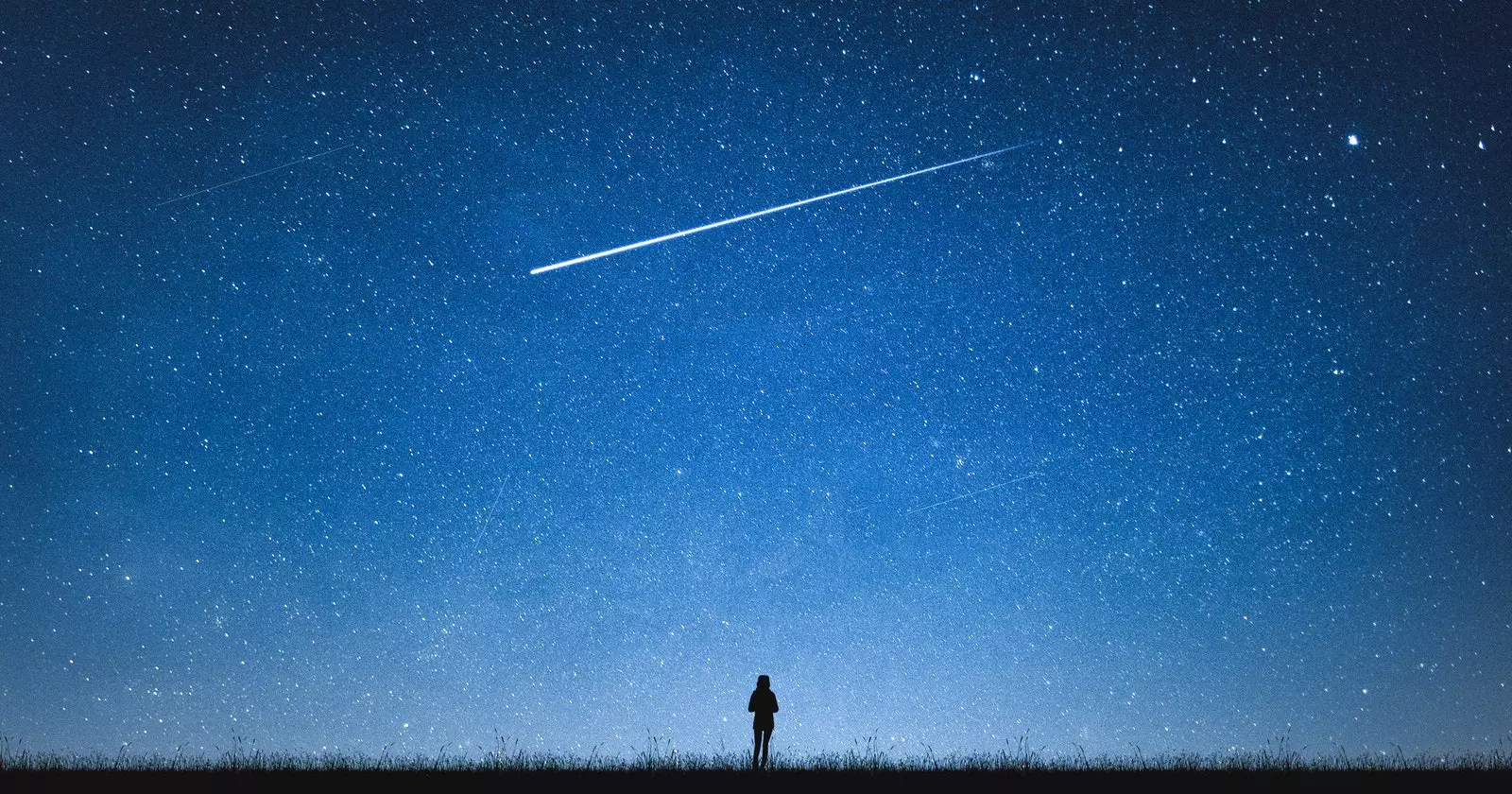
Let's look at the sky!
We have many things left, including heaven. Being able to see it day and night, the sunrise, the sunset and the stars. And do it on time. Those magical stars that illuminate the night, and thanks to the global stoppage and the drop in air pollution, we can see more clearly.
Let's take this opportunity to get to know them better. Thanks to the ** Institute of Astrophysics of the Canary Islands ** this week of confinement we can learn much more about our galaxy. with the till #IACUniverseAtHome in all its networks we can enjoy every day from seven in the afternoon, Canarian time, of talks about the universe : northern lights, constellations, solar storms, the history of the universe in 24 hours...
What do you have to do to follow them? On their Facebook and Twitter channels they announce the talk of the day, and if you miss it, you can find them all on Sky. Live TV, the live astronomical event channel.
And if you dare to look at the sky... These are the recommendations of Miquel Serra-Ricart, IAC astronomer. "It's always complicated stargazing from home , especially if we are in urban territory. But you can try. If we have a roof terrace or terrace, we should try it from there. Otherwise look for a window that has the minimum number of streetlights and lock ourselves up without light in the room to avoid any type of glare produced by the light at home”.
As he explains, this April we will have “ a nice conjunction between the Moon —which is growing— and Venus . On the morning of the 29th, an asteroid (1998 OR2) will pass close to Earth but without danger to us. It won't be visible to the naked eye but it will be an interesting astronomical event,” he adds.
Plus, next Monday the 8th we will enjoy a Supermoon , the first of all 2020. The sky will be brighter than usual because the Moon will be at the closest point of its orbit to Earth.
“In the case of the next Supermoon, its apparent size and brightness will increase 12% and 29.2% from apogee , respectively. This will be because, next Monday, the satellite will pass 357,404 km from Earth (maximum apogee 2020, 406690km)", they point out from the Canary Islands Institute of Astrophysics.
So stay tuned because there will be a live broadcast from the Teide Observatory . **When? On Monday, March 9 starting at 18:45 UT. **
This April there will also be meteor shower lyrids visible from the northern hemisphere between April 16 and 25 . As predicted, it will be a soft meteor shower, since its activity rate is usually 18 meteors per hour at speeds of 49 kilometers per second during those days.
THE HEAVEN WE ALL SHARE
There are global initiatives you can join if you like look at the stars . One of the ones that has gained more strength is the one put by the journalist megan eaves , delegate of the ** International Dark-Sky Association **. Since last March, she has taken advantage of Twitter to launch a live observatory of the stars every Thursday and Sunday.
To participate you just have to enter #starentine . As she states on her website, they are not about scientific observations since she is an amateur, but she promises that they will be fun and that they are also useful for children.
The International Dark-Sky Association will organize the 'International Dark Sky Week', from April 19 to 26.
"It's an opportunity for all of us to consider the role of the night and its star-filled sky in each of our lives. This year, IDA is encouraging people around the world to come together online to celebrate the night and engage with authors, creators, scientists and educators whose works have been vital to protect the night from light pollution ", underline the organizers of the event.
